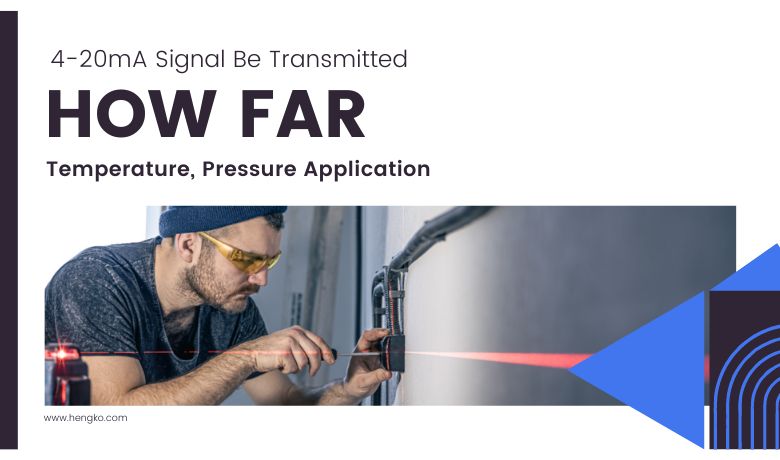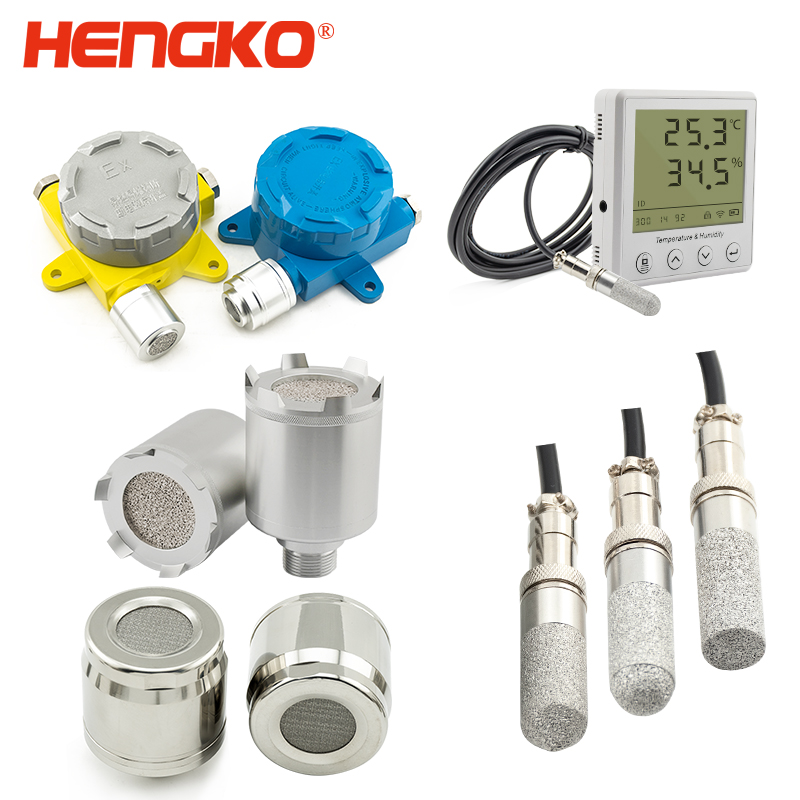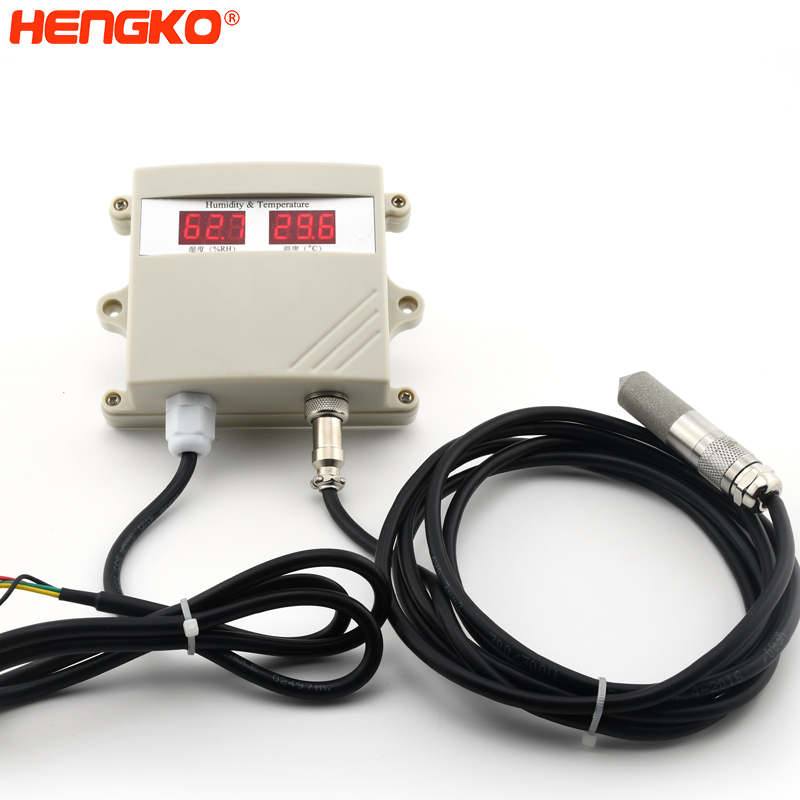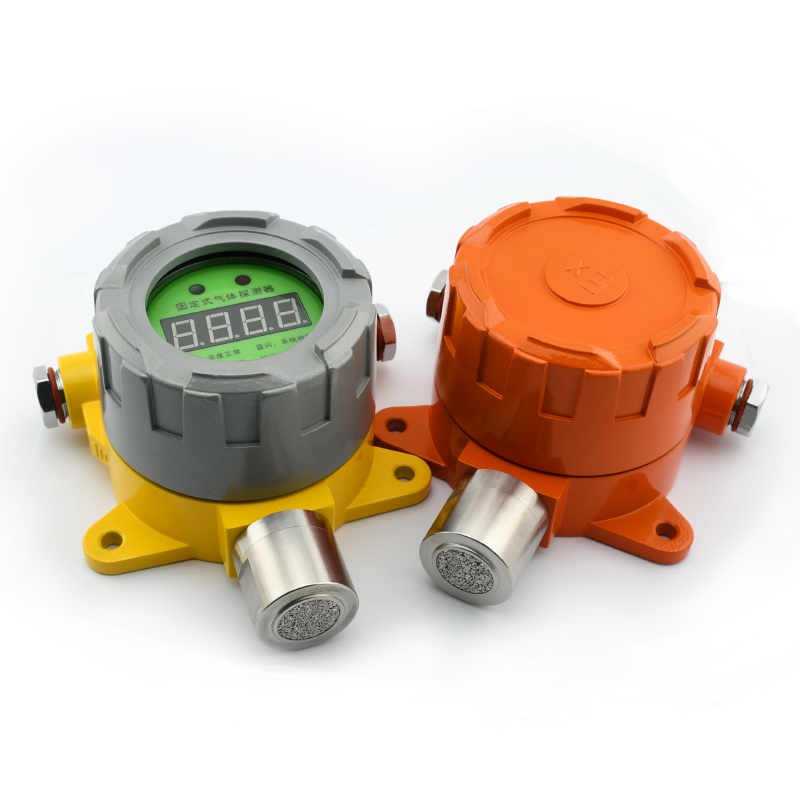
How Far Can a 4-20mA Signal Be Transmitted?
This is not so easy to give answer question, if If other influencing all other factors are ignored, we can estimate
for normally condition, it can go about 200-500m. Let's Know some basic information about 4-20mA.
1. What is a 4-20mA Signal?
The 4-20mA signal is a standard protocol used in many industries. It's a method of transmitting analog signal data in a two-wire current loop, providing a reliable way to communicate between devices. The values from 4-20mA typically represent 0 to 100% of a measurement range.
2. Benefits of 4-20mA Signals
Why do industries prefer using 4-20mA signals? For one, they are less susceptible to noise compared to voltage signals. This enables transmission over longer distances without compromising signal integrity. Furthermore, the "live zero" at 4mA allows for fault detection.
3. How is a 4-20mA Signal Transmitted?
A 4-20mA signal is transmitted through a two-wire current loop where one wire is the supply voltage and the other is a return path to the source. The varying current within the loop represents the signal data.
4. But have some factors you have to consider:
Interfered element:
① Excitation Voltage;
② Minimum Operating Voltage Allowed by the Transmitter;
③ Size of the voltage-taking resistor used by the board device to collect current;
④ Size of the wire resistance.
It can easily calculate the theoretical transmission distance of 4-20mA current signal.
Through these four related quantities. Among them, Uo is the supply voltage of the transmitter,
and it must be ensured that Uo ≥ Umin at full load (current I=20mA). Namely: Use-I.(RL+2r)≥ Umin.
It usually needs to measure various non-electric physical quantities such as temperature, pressure,
rate, angle and so on in industrial. They all need to be converted into an analogue electrical
signal that transfers to a control or display device a few hundred meters away. This device converts
physical quantity into an electrical signal named a transmitter. Transmitting the analogue quantity by
4-20 mA current is the most common method in industrial. One reason for adopting the current signal
is that it is not easy to interfere with and the infinite internal resistance of the current source.
The resistance of the wire in series in the loop does not affect the accuracy, and it can transmit hundreds
of meters on the ordinary twisted pair.
4-20mA referred to the min current as 4mA, and the max current is 20mA. Based on the explosion-proof requirement,
the limitation is 20mA. Too much spark energy may ignite flammable and explosive gas, so a 20mA current is most suitable.
Detect broken wires, and the minimum value is 4mA rather than 0mA. When the transmission cable is broken due to a fault,
the loop current drops to 0. We usually take 2mA as a disconnection alarm value. Another reason is that the 4-20mA uses a
two-wire system. That is, the two wires are the signal and the power wires simultaneously, and 4mA is used to provide the static working current of the circuit to the sensor.
How Far Can a 4-20mA Signal Be Transmitted?
Interfered element:
①Related to the excitation voltage;
②Related to the minimum operating voltage allowed by the transmitter;
③Related to the size of the voltage-taking resistor used by the board device to collect current;
④Related to the size of the wire resistance.
It can easily calculate the theoretical transmission distance of 4-20mA current signal.
Through these four related quantities. Among them, Uo is the supply voltage of the transmitter,
and it must be ensured that Uo≥Umin at full load (current I=20mA). Namely: Use-I.(RL+2r)≥Umin.
According to this formula, the large wire resistance can be calculated when the transmitter is at a low operating voltage.
Hypothesis:known:Ue=24V,I=20mA,RL=250Ω,Umin=12V。Find the maximum value of r as 175Ω:
And then, according to the calculation formula of wire resistance:
Among them:
ρ——Resistivity(Bronze Resistivity=0.017,Aluminum resistivity=0.029)
L——The length of cable(Unit: M)
S——Line of the cross-section(Unit: Square millimetre)
Note: The resistance value is proportional to the length and inversely proportional to the cross-sectional area.
The longer the wire, the greater the resistance; the thicker the wire, the lower the resistance.
Take copper wire as an example, ρ= 0.017 Ω·mm2/m, that is: the resistance of a copper wire
with a cross-sectional area of 1mm2 and a length of 1m is 0.017Ω. Then the wire length of
175Ω corresponding to 1mm2 is 175/0.017=10294 (m). In theory, 4-20mA signal transmission
can reach tens of thousands of meters (depending on factors such as different excitation
voltages and the lowest working voltage of the transmitter).

HENGKO has more than 10 years of OEM/ODM customized experience and professional
collaborative design/assisted design capabilities. We provide 4-20mA and RS485 output
gas sensor/alarm/module/elements. The 4-20mA and RS485 output temperature and humidity
sensor/transmitter/probe are also available.HENGKO is specially designed for customers to
meet the demanding measurement requirements of industrial processes and environmental control.
Why 4 to 20ma is used for Signal Transmission in Instrumentation ?
You can check as follow video to know details.
Conclusion
The 4-20mA signal is an industry-standard for a reason. Its ability to be transmitted over long distances without loss of accuracy is a key advantage. While there's no definitive answer to "how far" as it largely depends on factors like wire resistance, signal noise, power supply, and load resistance, with the right measures in place, it can reliably cover considerable distances. Through its practical application in industries and sensor technology, we see the value and importance of 4-20mA signals in our interconnected world.
FAQs
1. What is the importance of the "live zero" at 4mA in a 4-20mA signal?
The "live zero" at 4mA allows for fault detection. If a signal falls below 4mA, it indicates a fault, such as a break in the loop or a device failure.
2. Why is a 4-20mA signal less susceptible to noise?
Current signals are less affected by resistance changes and electrical noise. This is why they are preferred for long-distance transmission and in electrically noisy environments.
3. What role does load resistance play in the transmission of a 4-20mA signal?
The load resistance should match the power supply. If the load resistance is too high, the power supply might not be able to drive the loop current, limiting transmission distance.
4. Can a 4-20mA signal be transmitted wirelessly?
Yes, with the use of transmitters and receivers specifically designed for this purpose, 4-20mA signals can be transmitted wirelessly.
5. Is it possible to extend the transmission distance of a 4-20mA signal?
Yes, by using proper wiring, reducing noise, ensuring a sufficient power supply, and balancing load resistance, the transmission distance can be extended.
If you're intrigued by the potential of 4-20mA signals and wish to implement or optimize such systems in your industry,
don't hesitate to take the next step. For more information, support, or consultation, reach out to the experts.
Contact HENGKO now at ka@hengko.com and let's achieve optimal transmission distances together.
Post time: Nov-28-2020







